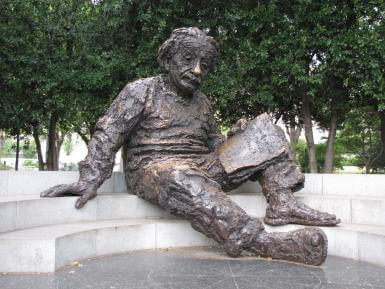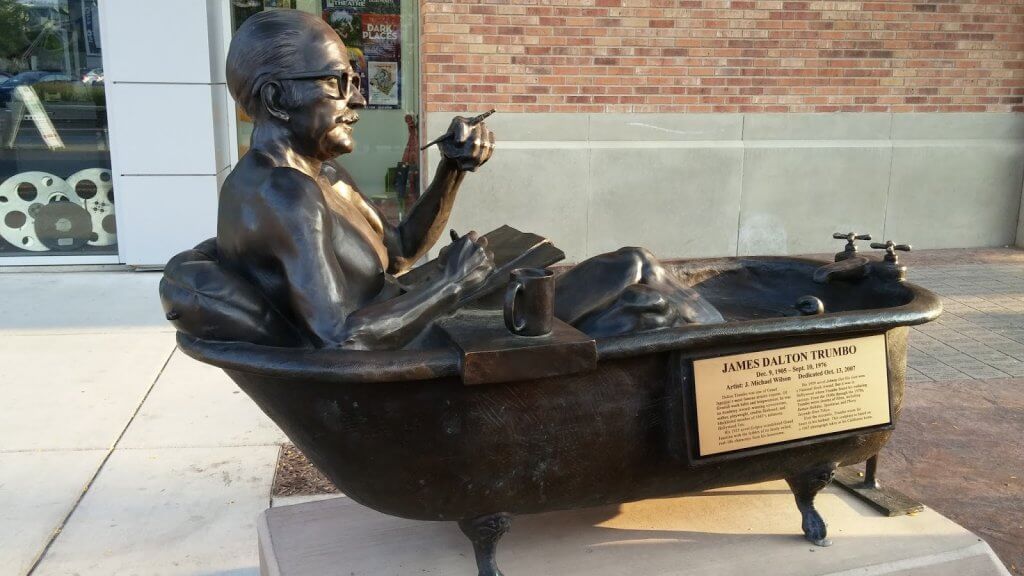Different cultures around the world all have their ways of not only celebrating somebody’s life but also mourning their dead and remembering them. These are called memorials and we make them to forever remind us of the impact or influence that person once had on us, our people or our nation (amongst other things). Some are simple bronze plaques on a block of marble. And some of them are grandiose and awe-inspiring reminders of deaths ability to snatch away all people, great and evil, of all colours and creeds and cultures. So let’s take a respectful look at some more memorable and impressive examples of remembrance:
Upside-down Monument of Charles La Trobe (Australia)
This interesting and quirky memorial to a man called Charles La Trobe, formally First Lieutenant-Governor of the then newly founded colony Victoria in Australia, was originally placed in Melbourne’s city centre was later moved to the La Trobe University Bundoora as a mark of respect to the university that shares his name. His notable achievements are his dedication to public spaces and green areas in Victoria, many of which remain public areas thanks to his work in life and many parks, streets, and buildings being named in his honor.

Albert Einstein Sitting and thinking (USA)
A charming and impressively lifelike statue of Albert Einstein, holding a research paper with real mathematical equations written on it, with a thoughtful expression on his face is located outside the National Academy of Sciences in Washington DC. It was created by a sculptor called Robert Berks and visitors are encouraged to sit on his lap for a photo opportunity and many find his natural pose and it almost looks as if he is going to start reading out his theories on the equivalence of energy and matter.

Dalton Trumbo sitting and Writing in a Bathtub (USA)
This quirky and charming memorial depicts famous author and screenwriter Dalton Trumbo, causally pondering one of his next great works whilst sitting in his apparent favourite place to write his new works, the tub. All of this happening on a busy street in a Colorado town called Grand Junction. Unfortunately, he was later accused by the US government of being one of the so-called “Hollywood 10” who they alleged was incorporating his Communist views into his works of cinema. He was found guilty in 1950 of “contempt of Congress” and was sentenced to 11 months inside a Federal penitentiary. He later fled to Mexico City and remained there with fellow blacklisted communist Hugo Butler. He later died at the age of 70 after a heart attack.

As is clear, the personal achievements of life pervade long after your death, these men names may eventually be forgotten. Was it not for these lasting memorials to their success, future generations can now look on these works of art and reverence for inspiration?